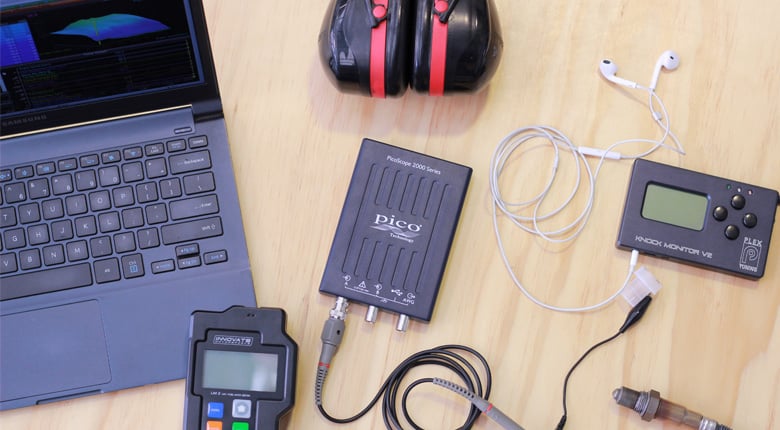Disclosure: We don’t sell any of this equipment ourselves and our opinion is independent. Some of these links will go to general eBay and Amazon searches. We receive compensation if you purchase from them, but you’re not obligated to do so and we highly recommend building a relationship with your local supplier where possible.
Now that you’ve watched our webinar covering EFI tuning, let’s discuss the tools required to get stuck into your own tuning project.
In this article: Wideband AFR Meter | Wideband O2 Sensor | Laptop | Software | Audio Knock Detection| Timing Light | Dyno or Safe Test Area | Training
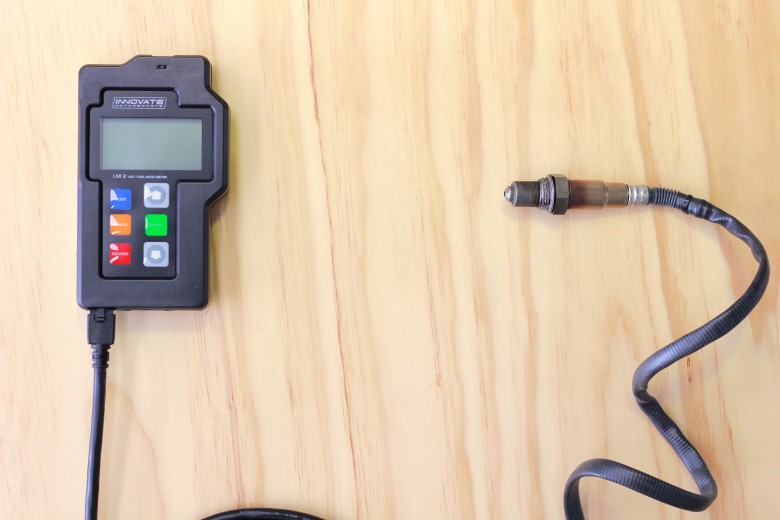
Wideband AFR Meter
When it comes to engine tuning, one of the most important jobs is making sure the engine is supplied with the correct amount of fuel to match the inlet mass airflow, and we can do this using an air/fuel ratio meter, or AFR.
There are two main options here — either a portable unit or a gauge that’s permanently installed in your car. What’s going to work for you is fairly self-explanatory — if you’re only wanting to tune your own car, then a permanent gauge makes things very simple and easy. If you’re planning to tune more than just one vehicle, though, a portable wideband AFR meter is the way to go. This can be moved from car to car fairly easily and is usually powered through the car’s cigarette lighter.
Wideband O2 Sensor
An AFR gauge needs to take an accurate reading from the exhaust, and that’s where an O2 sensor comes in. Thankfully, the vast majority of AFR gauges come packaged with an O2 sensor, so all you need to do is mount it to the exhaust and you’re ready to go.
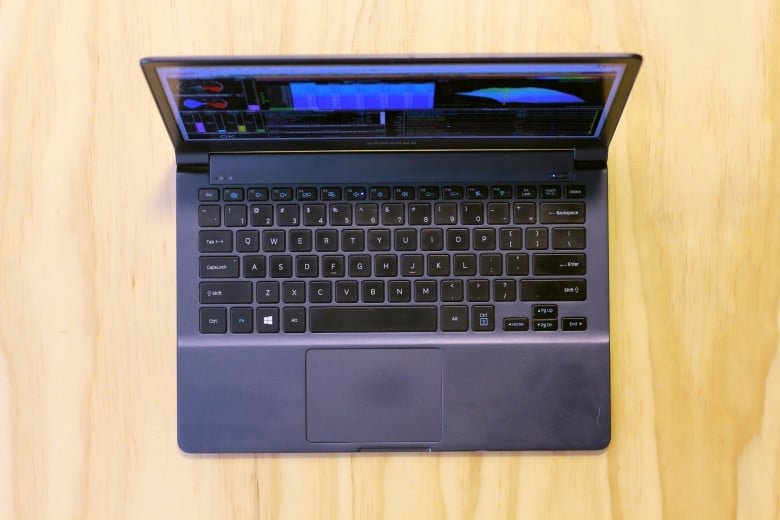
Laptop
Because we’re always working inside the car when tuning, a laptop is an absolute must-have. Thankfully, most of us have at least one or two lying around that we can use — just be aware that the vast majority of tuning software won’t run on a Mac, so you’re best to grab a PC laptop.
The software itself isn’t particularly demanding, so don’t feel like you need to spend megabucks on a high-end machine — something basic will do, though we do recommend making sure it uses an SSD and not an HDD for storage, as traditional hard drives don’t like a lot of vibration and can fail quite quickly if they’re being shaken around.
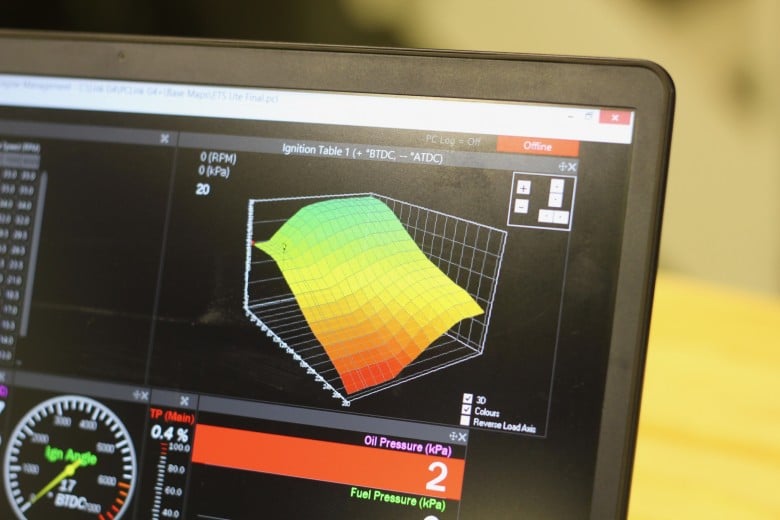
Software
Tuning any aftermarket ECU, requires dedicated software but exactly what you’ll need depends on what ECU you’re using. Most manufacturers supply their own proprietary software free with the ECU, if not, free for anyone to download from their website whether you buy their product or not.
This can actually be really beneficial, as you can get your hands on the program early in the game, meaning you can poke around as much as you like, long before actually firing the car up for the first time and heading to the dyno.
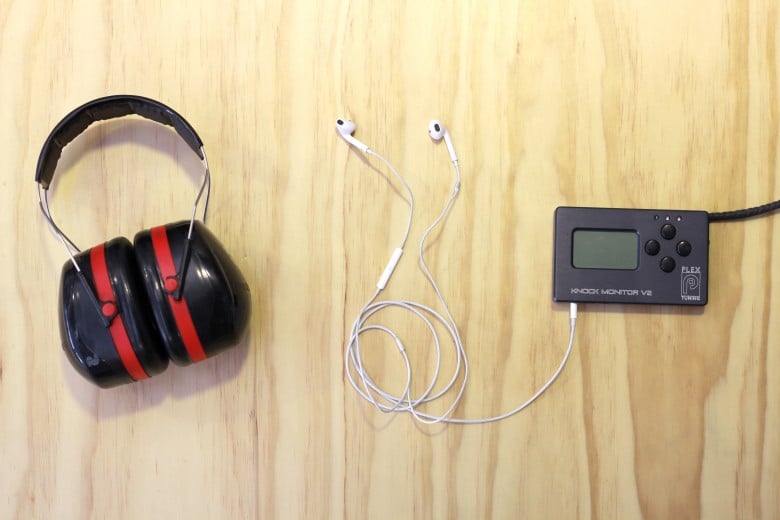
Audio Knock Detection
Knock is an engine killer, and something we’re always wanting to avoid. Thankfully, it’s pretty easy to keep a literal ear out for it through the use of a knock detector. These use a normal donut-style knock sensor bolted to the engine block, which filters out background noise and processes the output, honing in on the frequencies that engine knock can be heard. We then listen to that output using normal everyday headphones, and the knocking sound will be very obvious when it occurs.
While some tuners say it’s not an important tool as you’ll always see a drop in torque when knock occurs on a load-bearing dyno, that doesn’t tell the whole story. For us, an audio knock sensor gives us peace of mind knowing that we’ll hear the detonation the second it occurs.
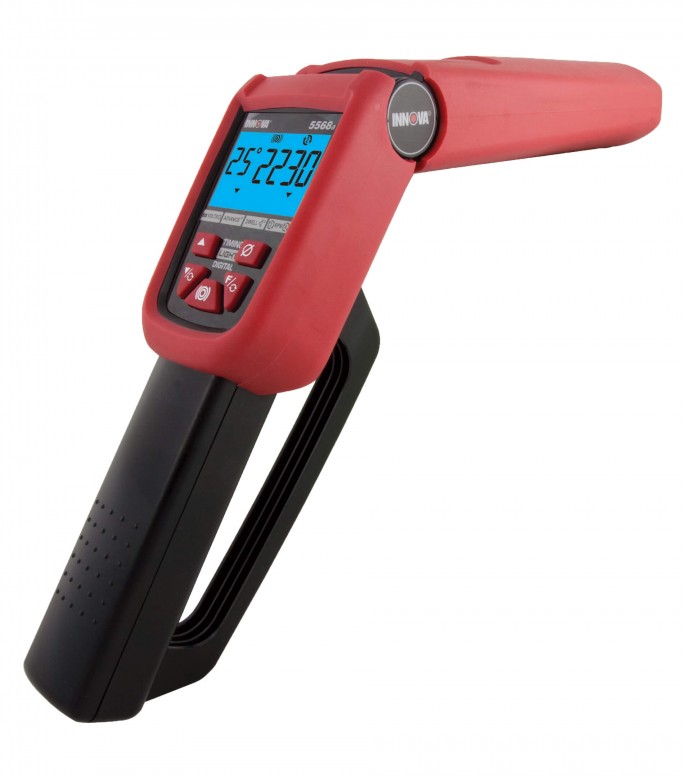
Timing Light
The humble timing light is another must-have item in the tuning world. This is a particularly essential tool when setting up an aftermarket ECU for the first time, as we need to calibrate the base ignition timing so that the number we see on the ignition table matches what the engine is actually receiving.
A timing light uses an inductive clamp that fits around an ignition lead. When a spark occurs through that lead, the light fires. By pointing this light at the timing marks on the crank pulley, we’re able to see what the ignition timing actually is.
While there are plenty of high-end options out there, the truth is that just a basic light will do the job fine. All the bells are not absolutely necessary and could only serve to confuse you if you don’t understand how they work properly.
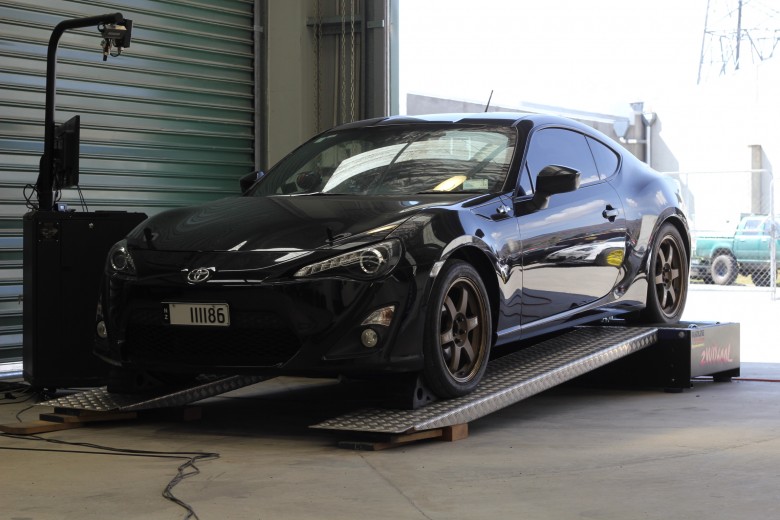
Dyno or Safe Test Area
Once you have all your equipment set up and ready to go, you’re going to need to find somewhere to get stuck into the tune. Ideally, this would be a dyno — rolling road or hub is fine. Now, obviously, you’re not expected to go out and drop 100k on the equipment, but there may be companies in your area that rent out their dyno facilities by the hour.
If that’s not an option, there’s always the road, though you want to make sure you’re working in a quiet area with no other vehicles or people around. If you can find somewhere big enough to drive around in that’s private property, like a race track of some kind, even better.
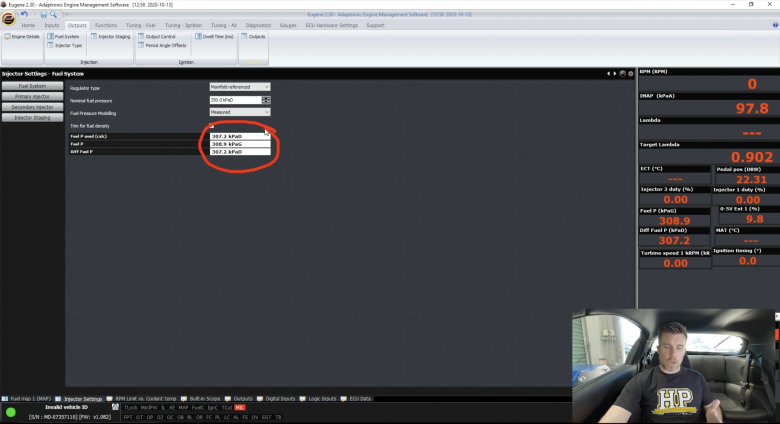
Training
The last item on our must-have tools list is perhaps the most important. Tuning an aftermarket ECU carries an inherent level of risk and there’s a lot that can go wrong if you don’t know what you’re doing. It doesn’t take much to do some real damage to your engine, so it really pays to prepare yourself with the correct knowledge right from the start.
High Performance Academy’s EFI Tuning courses are the perfect place to find everything you need, as well as practical worked examples to follow along with, and support from tutors and other students as you learn and embark on your own tuning projects.
The best part is, if you find that any of these courses aren’t for you, you have 60 days to return them for a full refund — so what have you got to lose? We hope to see you in our community forums soon.
So what are you waiting for? Click here to get started.
